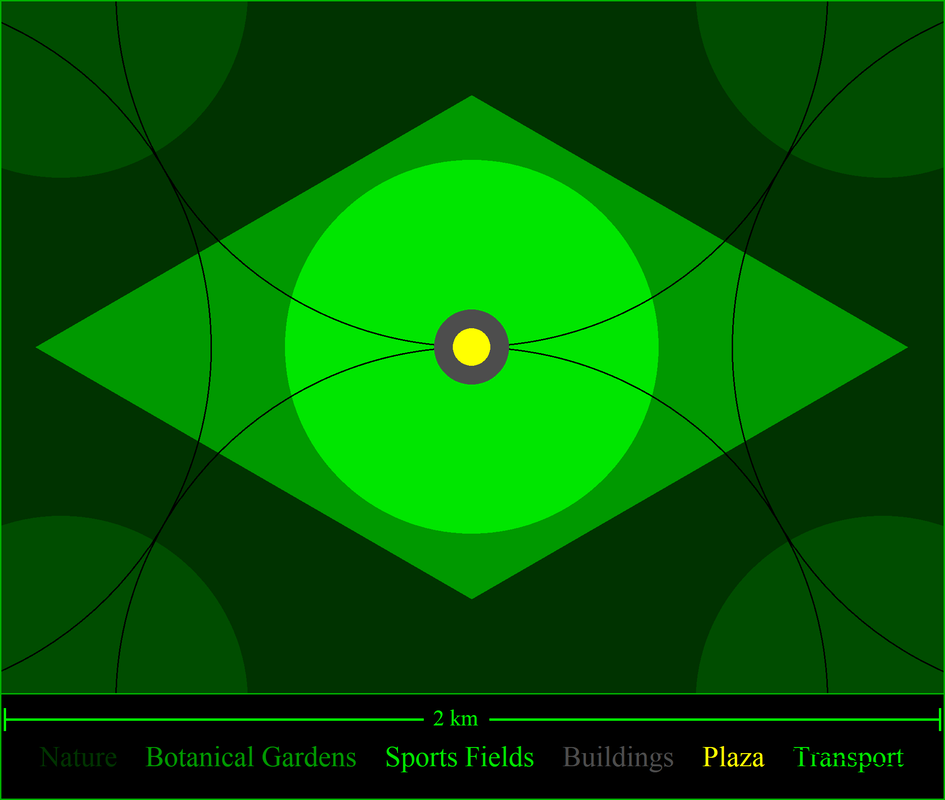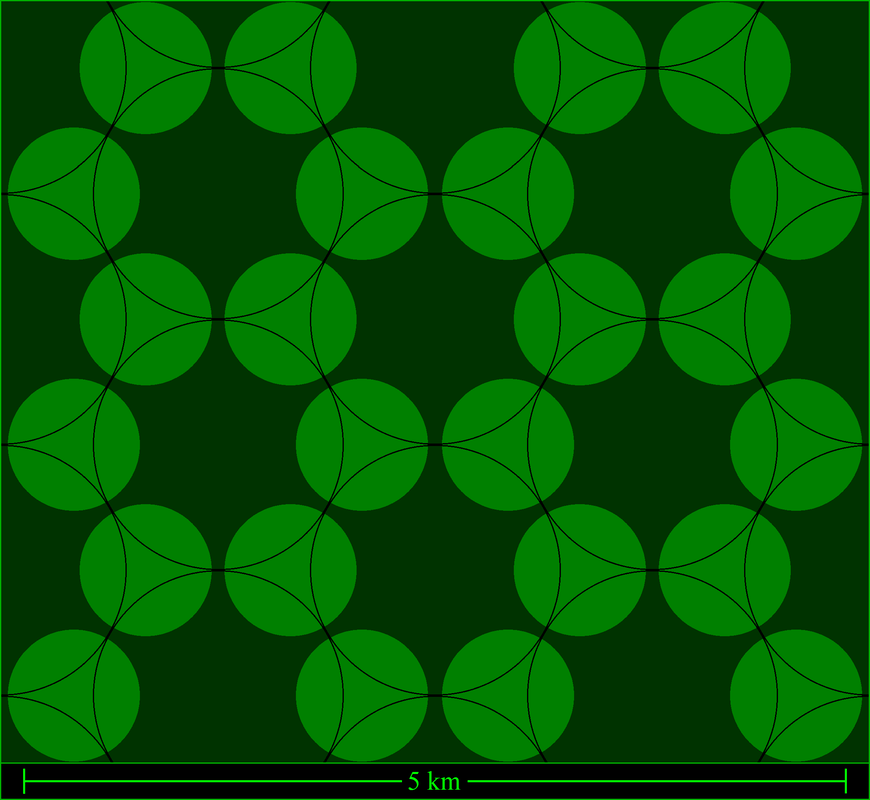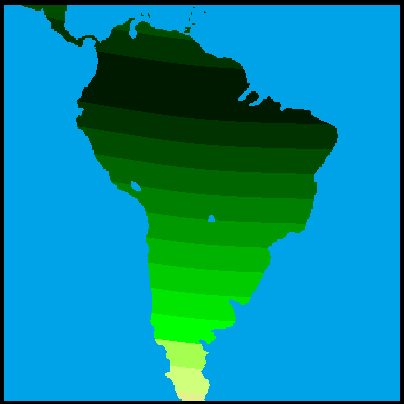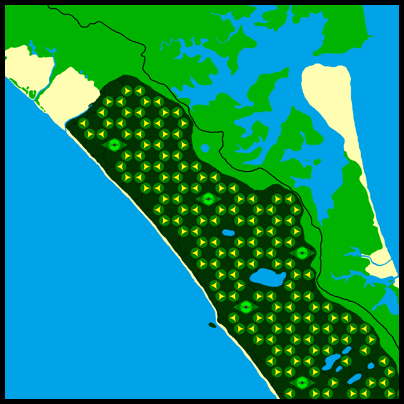|
The thousand year plan is based on the theory that one hundred people per square kilometre live and work well with each other and with nature. More than one hundred people and layers of hierarchy become an issue. Less than one hundred people and there's too much for each person to do. We can all have equality and ensure nature's biodiversity by decentralising society into one hundred people strong self organising sharing communities.
|
|
|
|
The large spaces of nature national parks offer are invaluable but they need to be connected with each other with small spaces of nature where we live and grow our food. With half the land for people to grow everything we need and half the land forest for nature's biodiversity and to combat desertification and erosion and store rainwater and act as a buffer against extreme weather and provide the air we need to breathe. We can all live sustainably.
|
|
Each village has around 100 people living in a self sufficient, self organising, autonomous community. Each village grows everything it needs. Only the raw materials that need processing by shared machinery are transported to town. Traditional organic gardens are probably best to start with but over time permaculture and forest farming are better for nature.
|
What a sustainable village may look like.
|
|
In the morning one can work for one's community and in the afternoon for one's family and in the evening for oneself. For example each village has some people who love making clothes. They are responsible for what clothes to make. In the morning they can work in town with people from other villages who also love making clothes. In the afternoon they can work at home doing gardening, housework, cooking etc. And in the evening for themselves, reading, socialising etc.
|
|
The dimensions of a village.
|
Each village is made up of three extended families, the yellow area in the picture to the left. Each family is responsible for their part of the village, to some degree. For example, the people who love to work in the forests are responsible for all the forests of their village, but they'll work with people who want to spend some of their time working in their family's forest.
|
|
With half the land for people and half for nature, one hectare per person is enough to grow everything everyone needs. And most importantly the forest is at everyone's doorstep so we are better able to care for nature. By decentralising society, everything is nearby, reducing the need to transport people and things.
|
|
There will be some people who for some time would rather watch the grass grow. In a just society making food, water, clothing, shelter, healthcare, transport, communication, education and entertainment conditional is like making air conditional. And there'll be some people whose needs are too complex for their family and village who will need away from home care in town.
|
|
The circular transportation network is on average shorter from any point to any other point than an equivalent size grid transportation network. And there's no stop-start intersections, reducing energy spent and saving time and stress.
|
|
Once this is achieved there'll be no need for money or any other authority. There'll be no systems that enable people to get people to harm people and nature. There'll be no hierarchy.
There'll be no need for cities, cars, trucks, trains and most everything we make from metals and petrochemicals. There'll be no need for mining. There's enough metal already that can be recycled and petroleum plastics can be replaced with bioplastics. We've dug up enough for all of our needs. We will then be able to live in harmony with each other and every other living being. When everyone is free to do what they feel is best for themself and their community, we can all be free. |






















